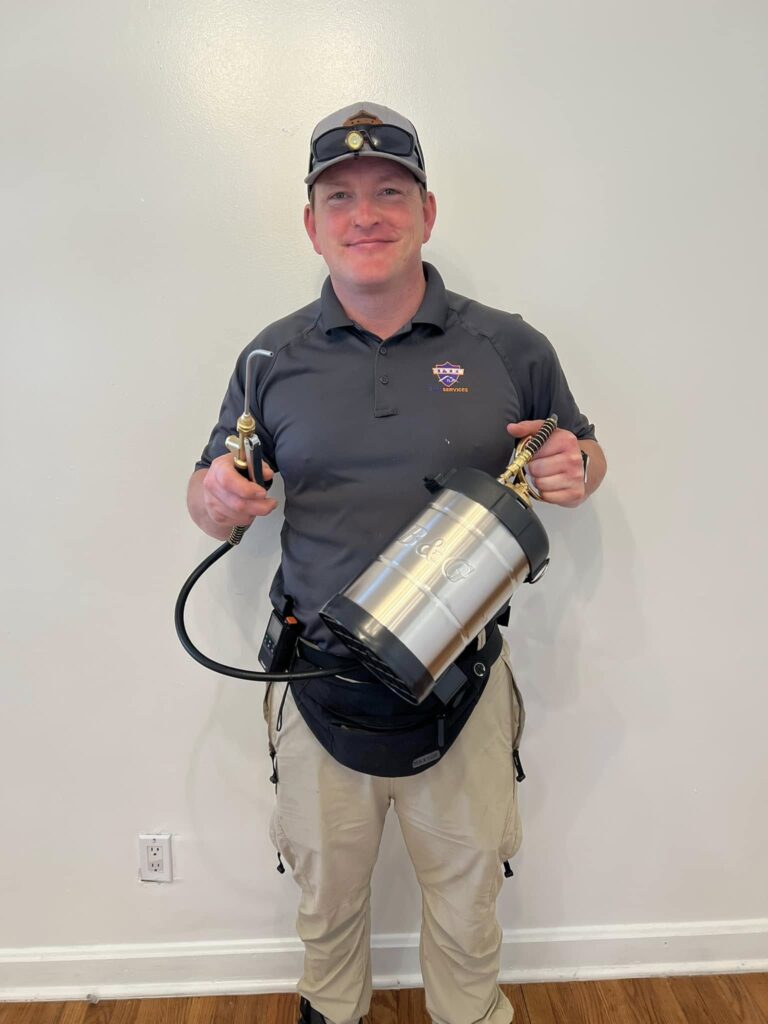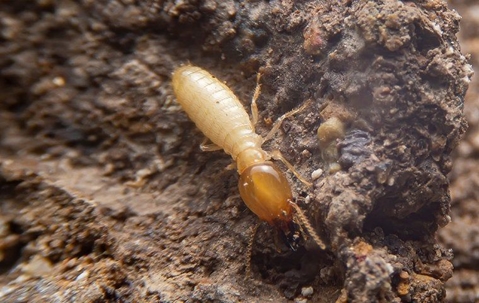Termite damage can remain hidden for years, silently compromising the structure of your home until major repairs become unavoidable. These wood-destroying insects are active year-round and often work out of sight, making early detection a crucial part of any homeowner’s maintenance strategy. Recognizing the signs of an infestation in its early stages can prevent long-term structural issues and protect your investment.
This article outlines the most common early indicators of termite damage and explains why swift, informed action can make all the difference.

Unusual Sounds Behind Walls or Floors
One of the earliest clues that termites may be active in your home is a faint tapping or rustling noise coming from walls, floors, or ceilings. These sounds are typically caused by soldier termites banging their heads or shaking their bodies to alert the colony of a disturbance. While subtle, this behavior can sometimes be heard during quiet times, especially at night.
Additionally, termites are known to consume wood from the inside out, so if you tap on wood and hear a hollow sound, it could indicate internal damage. Homeowners often overlook these signs, assuming normal settling or rodent activity. However, when combined with other indicators, these sounds warrant further investigation.
Hollow or Damaged Wood
Wood that sounds hollow when tapped or appears blistered can be a red flag for termite damage. Termites feed on the cellulose in wood, and their activity often leaves just a thin layer of paint or veneer on the surface. As a result, affected areas may appear normal from the outside but collapse under light pressure.
Pay close attention to:
- Window sills and door frames
- Baseboards and trim
- Exposed beams and flooring
- Wooden furniture or storage structures in basements or attics
In some cases, damaged wood may flake off or crack unexpectedly. If you’re doing home renovations or repairs and discover soft or tunneled wood, it is essential to seek professional assessment.
Mud Tubes Along Walls and Foundations
Termites, particularly subterranean species, construct mud tubes to protect themselves from the open air while traveling between their nest and food source. These narrow, pencil-sized tubes are made of soil, wood particles, and saliva and are often found along foundations, crawl spaces, or exterior walls.
Mud tubes serve as a direct sign of active infestation and should not be ignored. If you break one open and find live termites inside, immediate action is necessary. Even if the tube appears inactive, its presence suggests that termites have been active nearby. To protect vulnerable entry points, consider learning more about the importance of sealing cracks, which plays a vital role in long-term pest control strategies.
Signs Around Windows, Doors, and Baseboards
Subtle, often cosmetic changes near windows and doors can indicate deeper termite activity. Termites frequently target these areas because they tend to retain moisture and offer easy access through wood framing.
Look for these changes:
- Paint bubbling or peeling that resembles water damage
- Doors or windows suddenly becoming tight or misaligned
- Small holes or pinpoints in drywall or plaster
- Faint lines or tracks on wood surfaces or painted walls
These changes are often mistaken for humidity-related issues or settling, but in the presence of other indicators, they may point to a hidden infestation.
Discarded Wings and Swarmers
One of the clearest signs of a nearby termite colony is the appearance of discarded wings or live swarmers. Swarmers are winged reproductive termites that emerge to form new colonies, typically during warmer months or after rainfall. After mating, they shed their wings, often leaving behind small piles near windowsills, light fixtures, or doors.
If you find winged insects indoors or clusters of tiny wings around your home, it’s a sign that a mature colony is close by. Unlike flying ants, termite swarmers have straight antennae and uniform wings, which can help with identification.
Outdoor conditions also play a role in attracting termites. Landscaping materials, such as mulch, can contribute to infestations if not managed properly. To better understand this relationship, take a closer look at how mulch attracts termites, especially in humid or shaded areas.
Subtle Signs in Crawl Spaces and Basements
Termites thrive in dark, moist environments, making crawl spaces and basements particularly vulnerable. These areas are often out of sight and can harbor undetected colonies for years. During seasonal maintenance, inspect these locations carefully for:
- Damp, decaying wood
- Mud tubes on support beams or joists
- Frass (termite droppings), which resemble sawdust or coffee grounds
- Warped floorboards or sagging ceilings above
Keeping these areas dry and sealed is an effective way to reduce termite risk. Still, professional inspection may be necessary to catch early-stage activity that is not immediately visible.
The Wrap Up
Detecting termite damage in its early stages is vital to protecting your home from extensive structural issues. While some signs can be subtle, combining observations from multiple areas increases your chance of catching infestations before they spread. Because termites often work silently and invisibly, professional pest control is usually the most reliable way to confirm and address the issue thoroughly.If you suspect signs of termite activity in or around your home, contact DAPS Services for expert inspection and customized solutions to keep your property safe.

